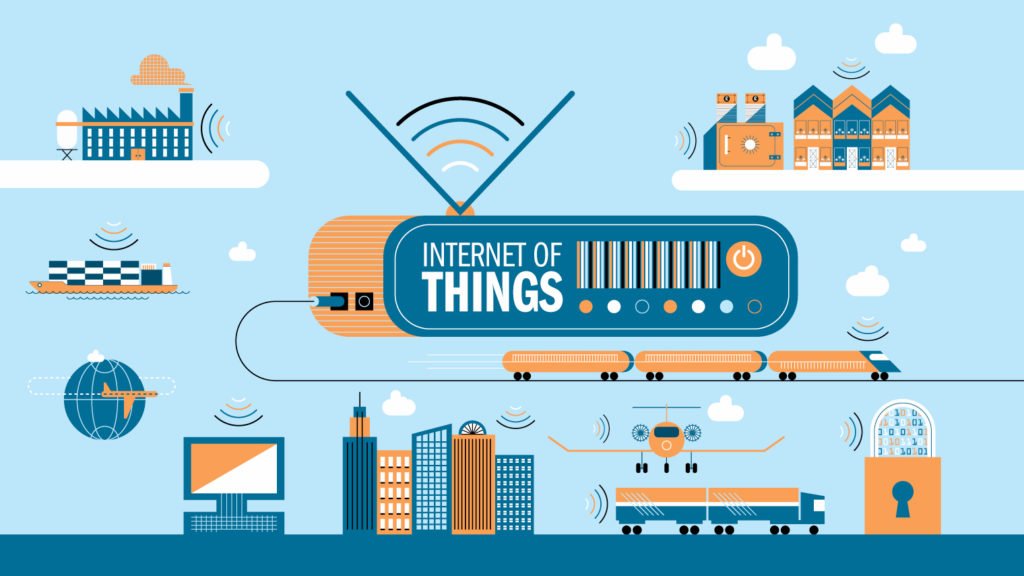Given the diversity of IoT devices and their related cybersecurity risks, the need for their protection is clear, especially when it comes to smart cities or critical infrastructure. Traditional measures are not sufficient for IoT protection, making it crucial that specialised security solutions are implemented.
To keep your devices safe, Kaspersky recommends users:
- Install updates for the firmware you use as soon as possible. Once a vulnerability is found, it can be fixed through patches within updates.
- Periodic rebooting will help get rid of malware already installed (although in most cases the risk of reinfection will remain).
- Change the factory passwords at initial setup, use complex passwords at least 8 characters long, including upper and lower-case letters, numerals, and special characters.
- Use a strict access policy, network segmentation and a zero-trust model. This will help minimise the spread of an attack and protect the most sensitive parts of the infrastructure.
- Check the IoT Security Maturity Model – an approach that helps companies evaluate all steps and levels they need to pass to achieve a sufficient level of IoT protection.
- Use a dedicated IoT gateway that ensures the inbuilt security and reliability of data transfer. For instance, Kaspersky IoT Secure Gateway is Cyber Immune, which means almost no attack can affect the gateway’s functions.
- Use Kaspersky Threat Intelligence to block network connections originating from malicious network addresses detected by security researchers.

